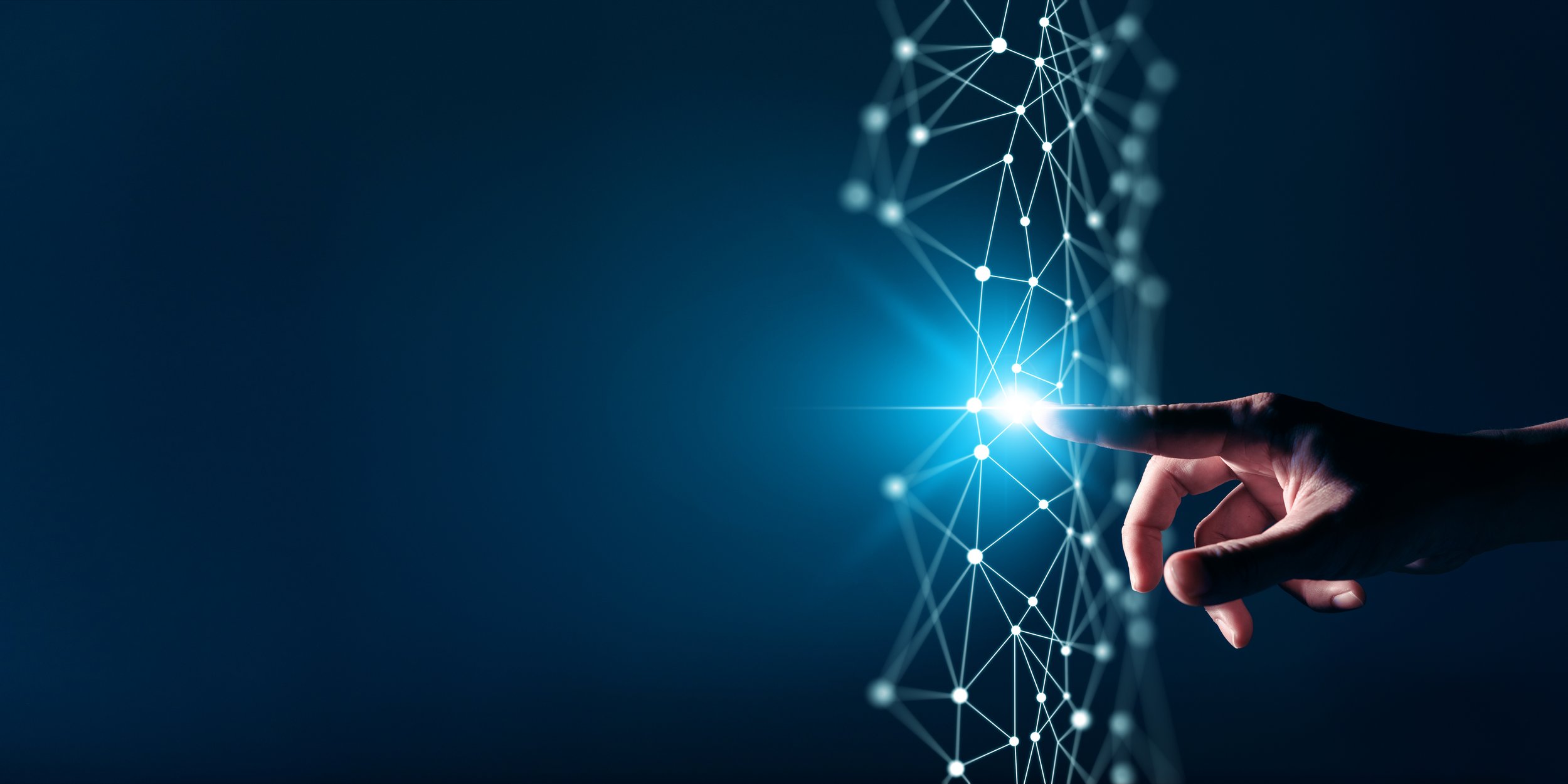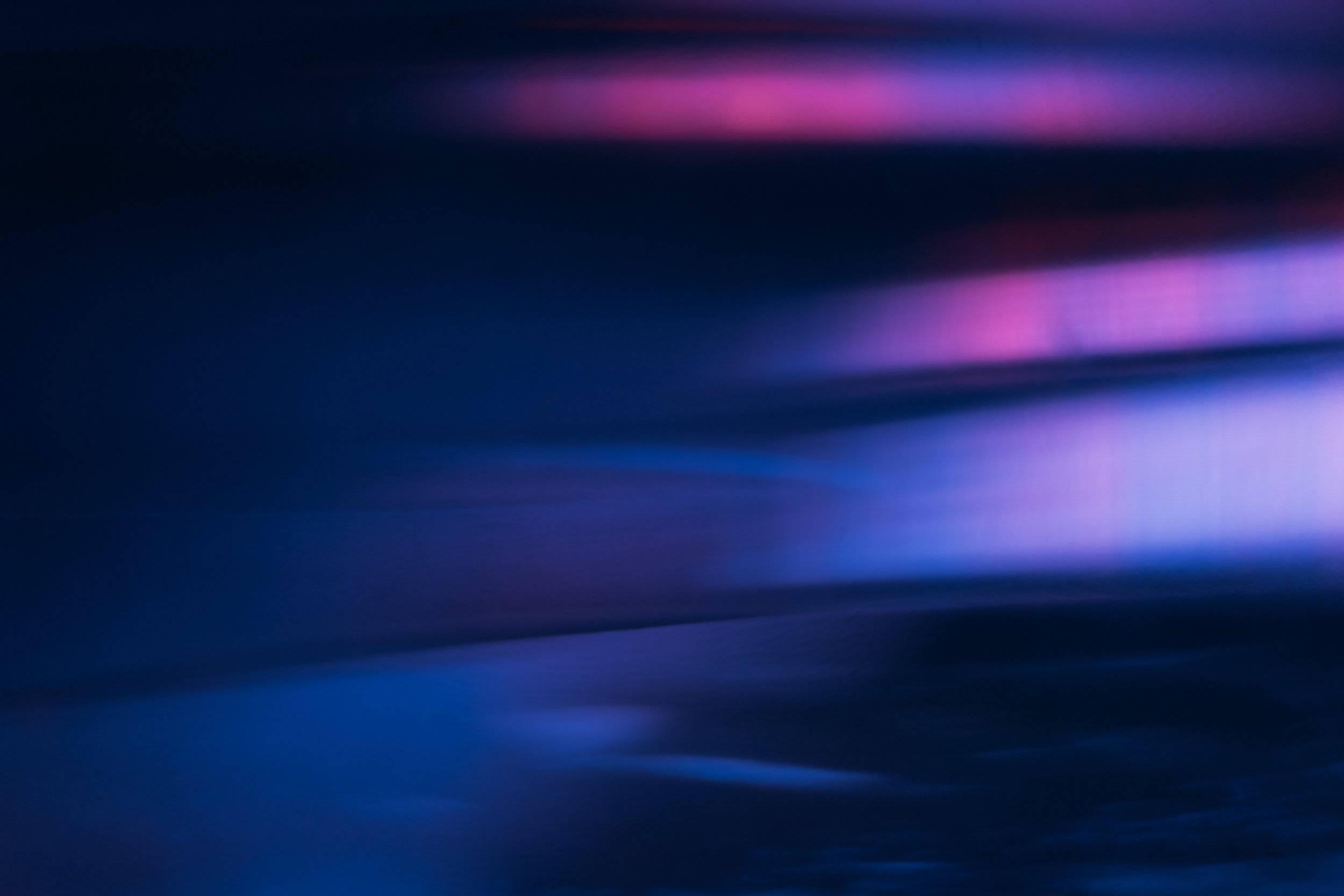
The technology behind the UV222™ lights
As a result of more than a decade of research, a new generation as a successor to UV-C lights has emerged.
A healthier future
UV light has been used for more than a hundred years to disinfect the environment by inactivating viruses and bacteria. However, most UV lights are also harmful to human tissue, so people cannot be in the room when the light is on. These traditional UV-C disinfection lamps are large, bulky instruments that are only suitable for the laboratory. Fortunately, this has all changed with UV222.
UV Medico's Far UV-C lamp consists of a tube filled with a gas called kryptonchloride. This gas has the unique property of emitting UV-C light at a wavelength of 222 nm when a discharge is applied to it. When the lamp is turned on, electricity generates a discharge that excites the gas, and after a short time emits 222 nm of UV-C light.
A Far UV-C lamp without a filter emits light in a narrow band around the peak of 222 nm, but also releases secondary emissions of about 235 nm and 250 nm, respectively. These extra wavelengths are known as side lanes or side emissions. These wavelengths are harmful to humans, but they are blocked by a unique and patented UV222 safety filter before they reach the surrounding environment.
UV Medico's lamp safety filter technology is a thin filter that allows light to pass through only at about 222nnm and blocks all other unwanted radiation. It works in much the same way as sunglasses with UV protection. It prevents UV radiation from being transported and released into the environment, making UV222 light safe.
Read more about university studies

UV222™
Safer room air with UV222 disinfection.
Harmful to pathogens, safe to humans
UV-C light at 222 nm is very effective against viruses such as SARS-CoV-2 because the proteins that make up this virus have an absorption spectrum with a peak around 220-230 nm.
This means that viruses strongly absorb light at a wavelength of 222 nm, which turns into heat, which inactivates the virus and its ability to infect and spread disease.
The light remains harmless to human skin and eyes all the time. The reason is that the surface layer of human skin consists mainly of dead cells consisting of proteins - as does the upper layer of the eye. Skin proteins absorb light at a wavelength of 222 nm before it can penetrate the surface layer and damage the underlying living tissue.
A healthier future
All this technology is gathered in a small, compact and low-maintenance Far UV-C lamp with a lifespan of more than 17,500 hours. If lit from time to time, this service life is extended and the lamp can be used for years.
This is why the Far UV-C light is a new generation disinfection system. Efficient, safe and affordable, with a performance comparable to 35 air changes per hour.




